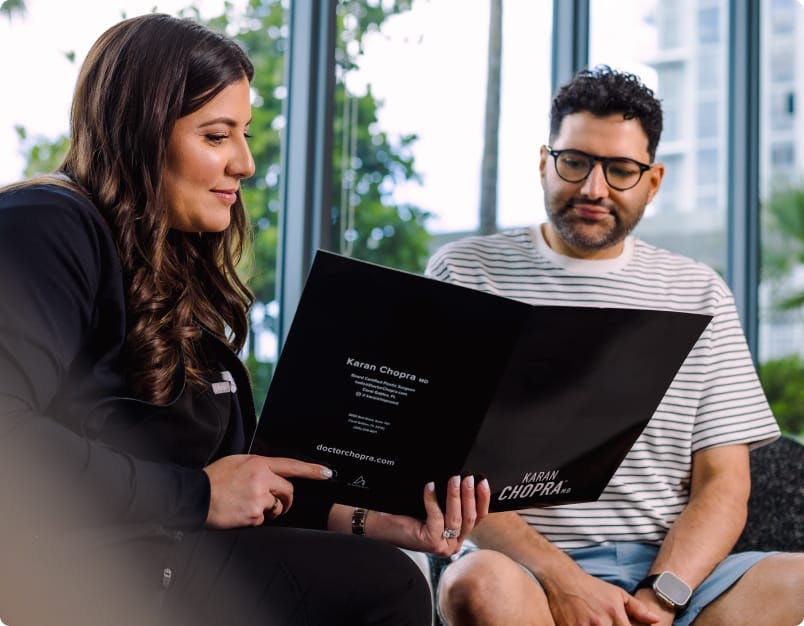Patients who are unhappy with their results or who are experiencing complications after a previously performed breast augmentation procedure may be ideal candidates for breast implant removal surgery with Dr. Karan Chopra in Miami
Why Get Your Breast Implants Removed?
One of the most common reasons for considering breast implant removal is due to health concerns. Some patients may experience physical discomfort or complications, such as:
- capsular contracture
- implant rupture
- Breast Implant Illness (BII).
These issues can cause a range of symptoms, ranging from pain to fatigue, and removal can often alleviate these symptoms. In other cases, personal aesthetic preferences can change. Some patients simply decide that they prefer their natural shape and size over the enhanced look provided by implants. Others may wish to address changes in the appearance of their implants due to aging or weight fluctuations. Significant changes in lifestyle can also influence the decision to have implants removed. This may be due to:
- a new fitness regimen
- a desire for a more natural body shape
- a shift in personal values.
Remember, no matter your reason for considering breast implant removal, Dr. Chopra is here to listen, advise, and support you in making the choice that feels right for you.













